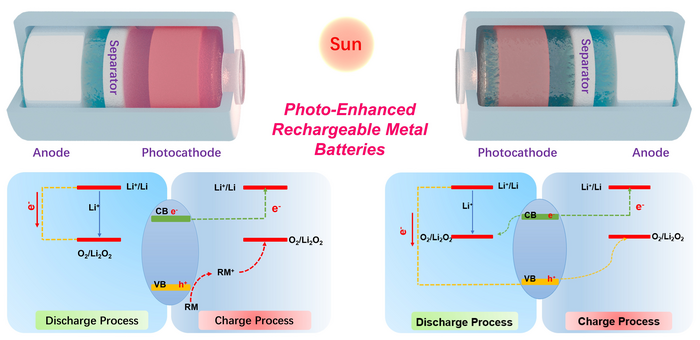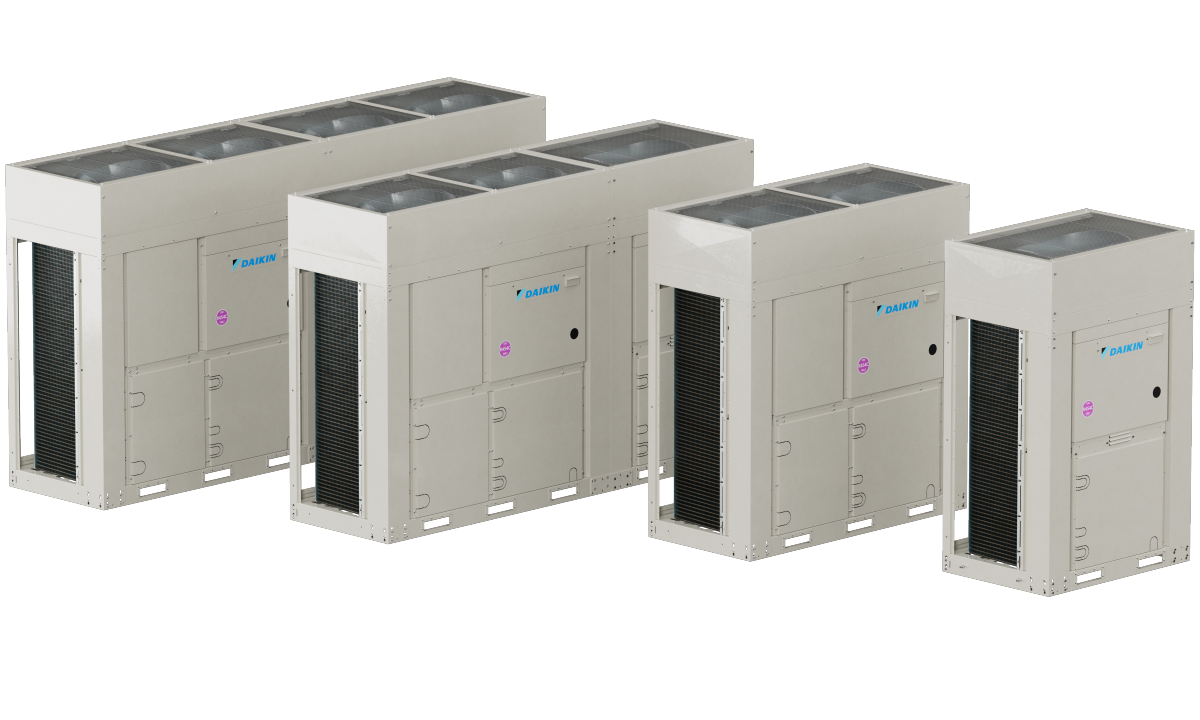Researchers from the National Institute for Materials Science (NIMS) in Japan have reviewed different photo-enhanced rechargeable metal batteries featuring PV and high-energy-density metal batteries for direct solar-to-electrochemical energy storage.
They looked at devices integrating PV and lithium-ion, zinc-ion, lithium-sulfur, lithium-iodine, zinc-iodine, lithium-oxygen, zinc-oxygen, and lithium-carbon dioxide storage systems.
“Despite the respective significant progress in rechargeable batteries and photovoltaic techniques in the past decades, integrating different rechargeable batteries with solar energy in an effective and low-cost way remains a great challenge,” they said.
They divided the battery technologies into two categories: closed-type photo-enhanced rechargeable metal batteries and open-type photo-enhanced rechargeable metal batteries. They analyzed the advantages and disadvantages of each kind of battery.
As a general rule, photon-enhanced batteries with PV can provide better performance for low charge voltage and high energy density, which makes them suitable for smart electronics and optoelectronics. However, stability and safety should be improved to help such devices to reach commercial viability.
“For example, rechargeable lithium-ion batteries, which we are all familiar with because they are used in many modern electronic devices, including laptops, phones, and electric vehicles, are efficient, but would be difficult to scale for solar energy use because of their complicated structure,” they said.
The scientists noted the importance of standardizing experimental conditions and developing effective thermal management systems for stable operation.
“Standard experimental conditions conducive to the comparison of overall performance in different systems need to be established. For photo-enhanced rechargeable batteries, light illumination is indispensable,” they explained.
Thy introduced the battery technology in “Photo-enhanced rechargeable high-energy-density metal batteries for solar energy conversion and storage,” which was recently published in Nano Energy.
“It is necessary to explore more suitable electrode materials and optimize the device structure of the batteries,” said researcher Hairong Xue. “By addressing some critical challenges involving working mechanism, electrode materials, and battery structure design, the goal is to demonstrate viable uses of photo-enhanced rechargeable batteries in electronic and optoelectronic devices.”
This content is protected by copyright and may not be reused. If you want to cooperate with us and would like to reuse some of our content, please contact: editors@pv-magazine.com.




3 comments
By submitting this form you agree to pv magazine using your data for the purposes of publishing your comment.
Your personal data will only be disclosed or otherwise transmitted to third parties for the purposes of spam filtering or if this is necessary for technical maintenance of the website. Any other transfer to third parties will not take place unless this is justified on the basis of applicable data protection regulations or if pv magazine is legally obliged to do so.
You may revoke this consent at any time with effect for the future, in which case your personal data will be deleted immediately. Otherwise, your data will be deleted if pv magazine has processed your request or the purpose of data storage is fulfilled.
Further information on data privacy can be found in our Data Protection Policy.